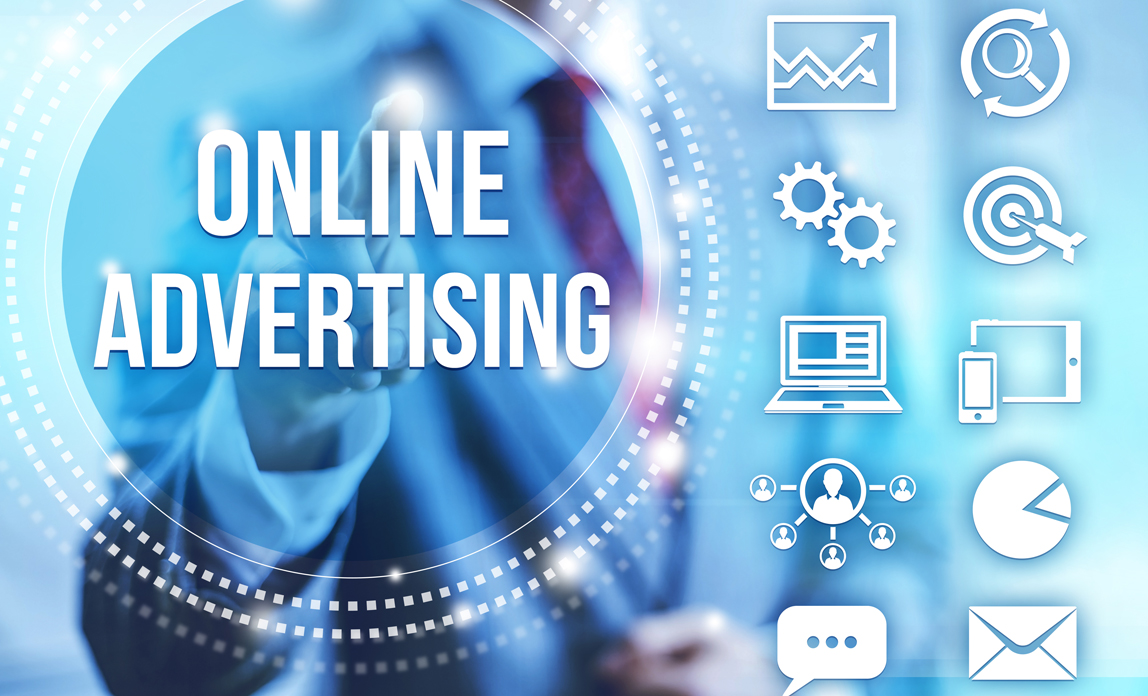Table of Contents
ToggleWhat is Online Advertising?
Online advertising, also known as digital advertising or internet marketing, refers to the use of the internet to deliver promotional messages to users. It encompasses a variety of formats, including display ads, search engine ads, social media ads, video ads, and more. The goal of online advertising is to reach a targeted audience, drive traffic to websites or landing pages, and ultimately increase sales or conversions.
Types of Online Advertising
There are several types of online advertising, each serving different purposes and utilizing various platforms. The most popular forms include:
1. Search Engine Advertising (PPC)
Pay-per-click (PPC) advertising is one of the most widely used forms of digitalmarketingtips.info. Advertisers bid on keywords related to their products or services, and their ads appear on search engine results pages (SERPs) when users search for those terms. The advertiser pays a fee only when someone clicks on the ad.
- Google Ads: The most popular PPC platform, allowing businesses to create ads that appear on Google search results or Google’s display network.
- Bing Ads: An alternative to Google Ads, targeting Bing users.
Benefits of PPC:
- Immediate visibility on search engines.
- Highly targeted campaigns based on keywords.
- Scalable and measurable results.
2. Display Advertising
Display ads are visual advertisements that appear on websites, apps, and social media platforms. These ads can be in the form of banners, videos, images, or interactive ads. Display ads are typically shown to users based on their interests, demographics, or online behavior.
- Google Display Network: A vast network of websites and apps that allows advertisers to place banner or video ads across the web.
- Retargeting Ads: These ads target users who have previously visited your website, encouraging them to return and complete a purchase.
Benefits of Display Advertising:
- Excellent for building brand awareness.
- Ability to visually engage your audience.
- Retargeting to increase conversion rates.
3. Social Media Advertising
Social media platforms, such as Facebook, Instagram, Twitter, LinkedIn, and TikTok, offer powerful advertising options that allow businesses to reach a highly engaged audience. Social media ads can be highly targeted based on demographics, location, interests, and online behavior.
- Facebook Ads: One of the most popular platforms for businesses, offering highly targeted ads across Facebook, Instagram, Messenger, and the Audience Network.
- Instagram Ads: Leveraging the visual nature of Instagram to engage users with photos, stories, and video ads.
- LinkedIn Ads: Ideal for B2B marketing, allowing businesses to target professionals based on job title, industry, and skills.
Benefits of Social Media Advertising:
- Highly granular targeting options.
- Ability to engage with users in creative and interactive ways.
- Opportunities for direct customer engagement.
4. Video Advertising
Video advertising involves using video content to promote a product or service. These ads can appear before, during, or after videos on platforms like YouTube, or as standalone video ads on social media and websites.
- YouTube Ads: The second-largest search engine in the world, YouTube allows businesses to run skippable or non-skippable ads before or during videos.
- Social Media Video Ads: Video ads on platforms like Facebook, Instagram, or TikTok can drive engagement and increase brand awareness.
Benefits of Video Advertising:
- Effective for engaging and capturing attention.
- Great for storytelling and explaining products.
- High potential for viral reach, especially on social media.
5. Native Advertising
Native advertising involves creating ads that blend seamlessly with the content of the platform. These ads match the form and function of the website or app they appear on, offering a non-disruptive user experience.
- Sponsored Content: Articles, blog posts, or videos that promote a brand or product while providing valuable content to the audience.
- In-Feed Ads: Ads that appear within users’ news feeds, such as Facebook or Instagram posts that look like regular content but are sponsored.
Benefits of Native Advertising:
- Less intrusive than traditional ads, leading to higher engagement.
- Integrated into the platform’s content, making it feel more organic.
- Ideal for promoting brand awareness and education.
6. Affiliate Marketing
Affiliate marketing is a performance-based form of advertising where businesses partner with affiliates (individuals or companies) to promote their products. Affiliates earn a commission when they generate a sale or lead through their promotional efforts.
Benefits of Affiliate Marketing:
- Pay for performance, meaning businesses only pay when conversions happen.
- Access to a large pool of affiliate partners and audiences.
- Scalability for increasing sales without high upfront costs.
Key Benefits of Online Advertising
Online advertising offers a range of benefits that traditional advertising methods cannot match:
-
Targeted Reach: One of the biggest advantages of online advertising is the ability to target specific audiences based on demographics, interests, location, and online behavior. This ensures that your ads reach the right people at the right time.
-
Measurable Results: Online advertising platforms provide detailed analytics and tracking tools to measure the effectiveness of your campaigns. You can track impressions, clicks, conversions, and ROI, allowing you to optimize your strategies in real time.
-
Cost-Effective: With online advertising, businesses can set their own budgets and adjust spending based on performance. Many platforms also offer pay-per-click or pay-per-impression models, allowing you to only pay for actual results.
-
Flexibility and Scalability: Online campaigns can be easily adjusted or scaled, allowing you to experiment with different strategies, creatives, and budgets to find what works best.
-
Global Reach: Unlike traditional advertising, which is often limited to specific regions or markets, online advertising gives you the ability to target a global audience.
Tips for Successful Online Advertising
To get the most out of your online advertising campaigns, consider the following best practices:
1. Know Your Audience
Effective online advertising begins with understanding your target audience. Use analytics tools to gather insights about your audience’s demographics, behavior, and interests. This will allow you to create highly targeted and personalized ads that resonate with them.
2. Create Compelling Ad Copy and Design
Your ad copy and design should grab attention and convey a clear message. Focus on creating concise, impactful content with strong calls-to-action (CTAs). Visuals and copy should align with your brand’s tone and appeal to your audience’s pain points or desires.
3. Test and Optimize
Constant testing and optimization are key to success in online advertising. Run A/B tests to compare different ad variations, headlines, images, and CTA buttons. Analyze the results and refine your campaigns to improve performance over time.
4. Leverage Retargeting
Retargeting allows you to re-engage users who have previously interacted with your brand but didn’t complete the desired action (like making a purchase). Retargeting ads can remind potential customers about your product and encourage them to return and convert.
5. Monitor Your Budget and ROI
Set a clear budget for your campaigns and monitor how much you’re spending. Track key performance metrics to ensure that you’re getting a positive return on investment (ROI). If a campaign isn’t performing well, adjust it or allocate more budget to higher-performing ads.
6. Focus on Mobile Optimization
With a large portion of internet traffic coming from mobile devices, ensure that your ads and landing pages are optimized for mobile. This includes responsive design, fast-loading pages, and mobile-friendly formats.
Conclusion
Online advertising is a powerful tool that can help businesses of all sizes achieve their marketing goals. By utilizing the right strategies, choosing the appropriate platforms, and continuously optimizing your campaigns, you can reach a broader audience, increase conversions, and boost revenue. Whether you’re just getting started or looking to refine your digital marketing efforts, online advertising provides an array of opportunities to grow your brand and achieve success in the digital age.




